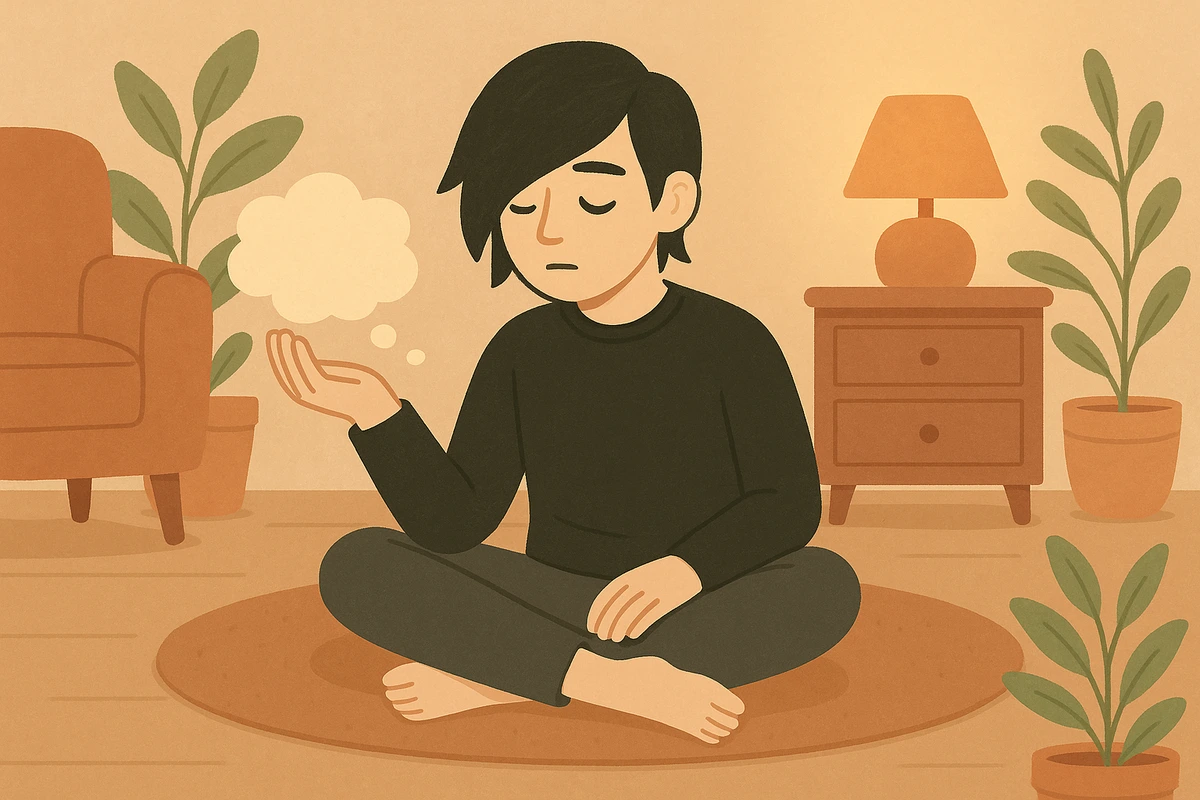
Your emotions often feel like they come from nowhere, overwhelming you without warning. You might believe that situations directly cause your feelings, but there's actually an invisible step in between. Understanding this hidden connection gives you power over your emotional experiences.
Learning how thoughts influence feelings reveals the bridge between what happens to you and how you feel about it. This cognitive behavioral approach helps you identify and modify thought patterns that create unnecessary emotional distress, giving you tools to foster healthier emotions.

Your emotional distress often feels overwhelming and confusing, making it hard to know how to respond effectively. You might find yourself feeling scared or worried without understanding whether you're facing a real danger or creating unnecessary stress. Learning to tell the difference transforms how you handle difficult emotions.
Understanding fear versus anxiety gives you a powerful tool for emotional clarity and better decision-making. This emotion regulation skill helps you identify whether to take immediate action or use calming strategies, reducing unnecessary stress while ensuring you respond appropriately to genuine threats.
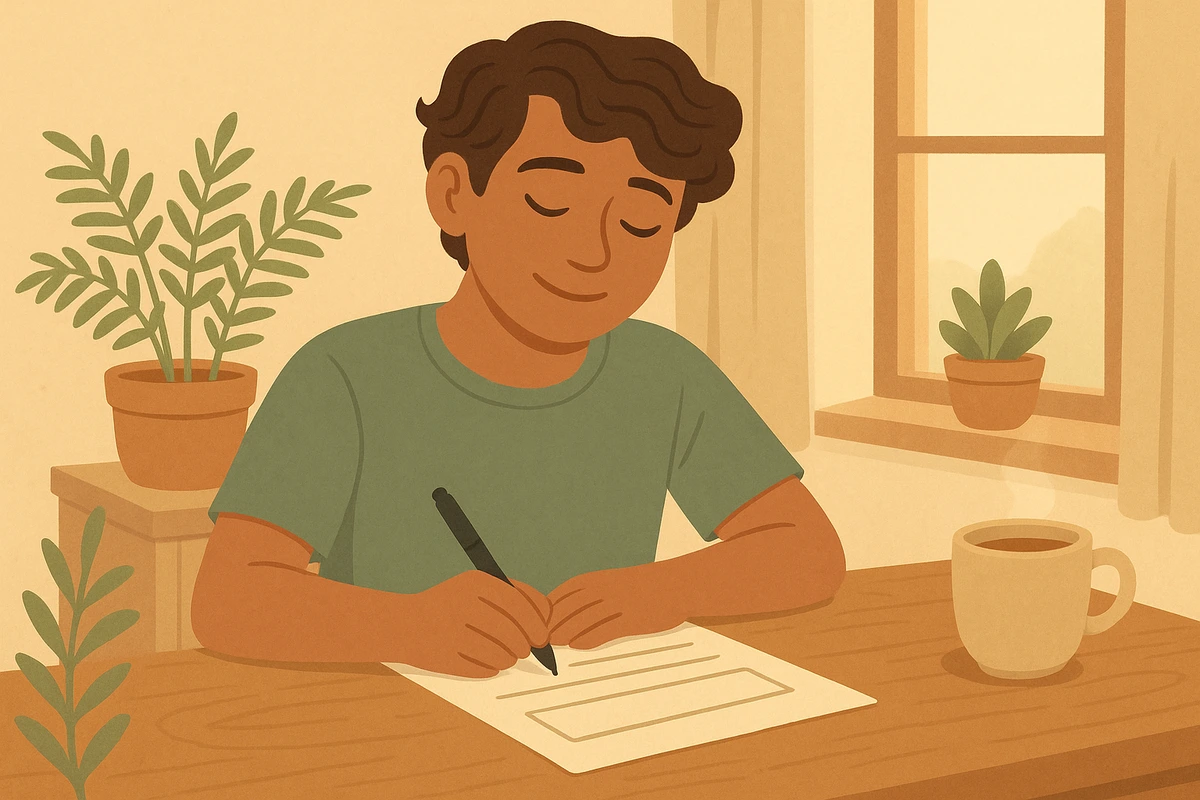
When difficult emotions hit, your mind often goes blank and you forget what usually helps you feel better. You might know that certain activities or people make you feel calmer, but in the moment of distress, those helpful strategies seem to disappear from memory. This leaves you feeling helpless and unsure how to cope.
A "What Helps Me" worksheet solves this problem by creating a personalized toolkit you can access anytime. This coping preparation method helps you document what works for you specifically, making it easier to remember and use effective strategies when you need them most.

When anxiety or panic hits, your mind can feel like it's spinning out of control with racing thoughts and overwhelming fear. You might feel trapped in your own head, unable to find relief from the intense emotions flooding your system. Traditional coping methods might feel too complicated or take too long when you need immediate relief.
Safe space visualization offers a quick escape route that you can access anywhere, anytime. This mental imagery technique harnesses your mind's natural ability to create calm through detailed mental pictures, helping you find peace even in the middle of emotional storms.
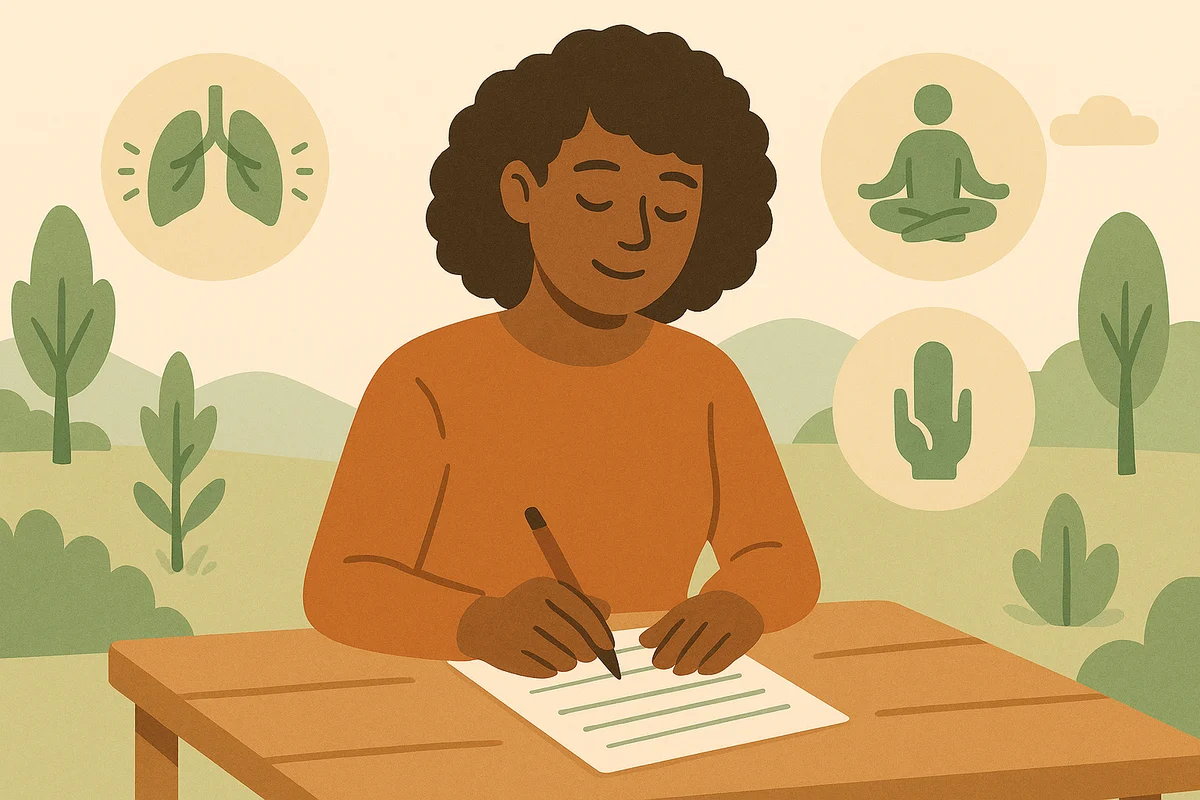
Social events can feel overwhelming when you don't know what to expect or how you'll handle challenging moments. You might worry about awkward conversations, feeling judged, or not knowing anyone at the gathering. These fears can build up before the event, making you want to avoid social situations entirely.
A Social Event Prep worksheet transforms uncertainty into confidence by creating a clear plan ahead of time. This anxiety preparation method helps you anticipate challenges and prepare effective responses, making social events feel more manageable and less scary.
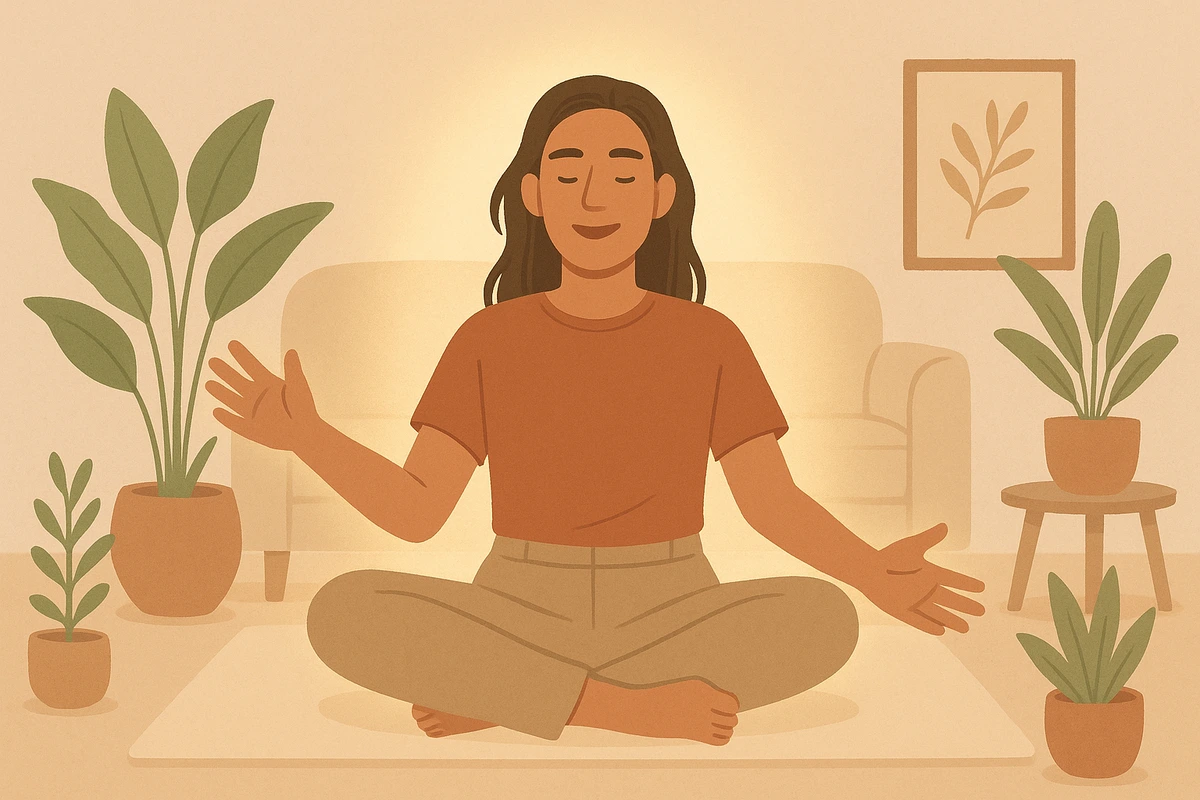
When panic or intense anxiety hits, your mind can race with frightening thoughts and your body can feel completely out of control. In these overwhelming moments, it becomes nearly impossible to think clearly or remember what usually helps you feel better. You might feel trapped in a cycle of escalating fear with no way out.
An emergency grounding script gives you immediate access to calming words when your own thoughts feel chaotic and scary. This grounding technique provides a structured way to redirect your attention from panic back to the present moment, helping you regain control during emotional crises.
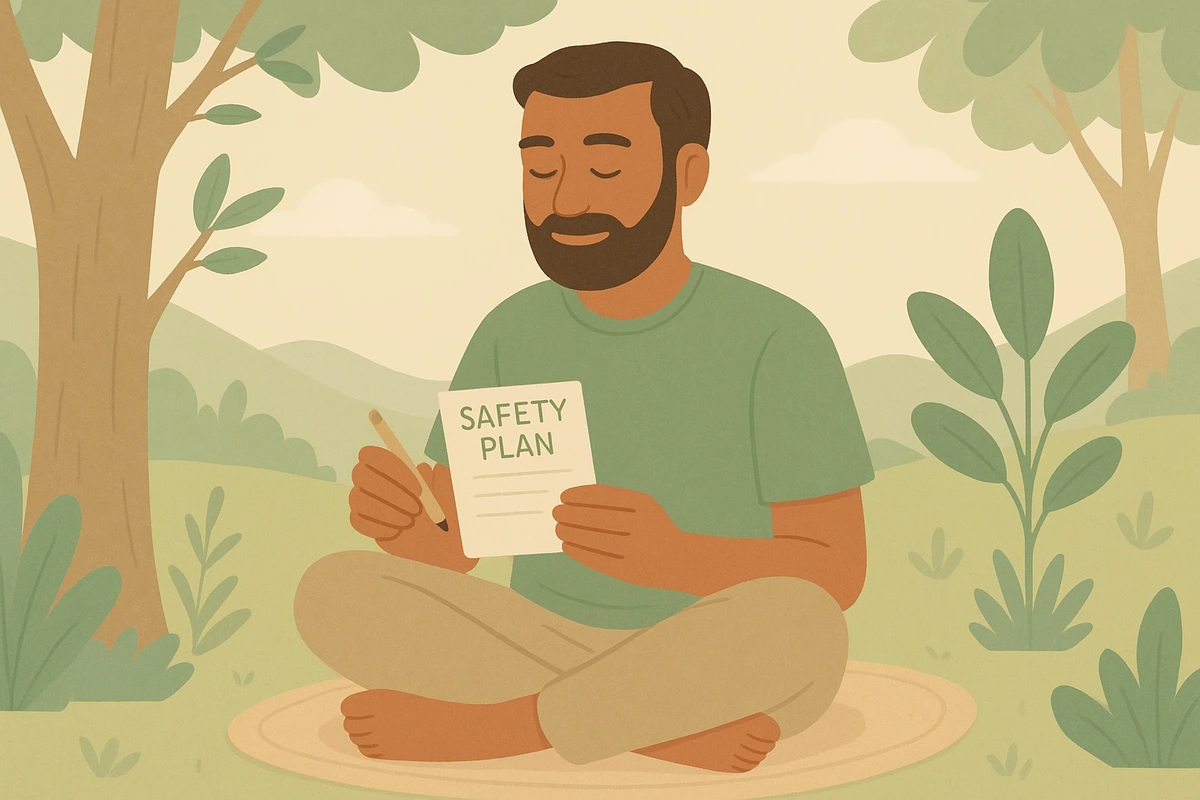
Create a panic attack safety plan by writing down specific coping strategies and actions you can use during panic episodes. This planning ahead of time reduces helplessness, grounds your emotions quickly, and reduces anxiety immediately.
Panic attacks strike without warning and trap you in overwhelming fear. Your heart races, your breathing turns shallow, and dread takes over completely. Your thinking brain shuts down during these moments, so you cannot remember helpful strategies. A good safety plan becomes your lifeline during panic episodes and gives you clear steps when fear clouds your thinking.
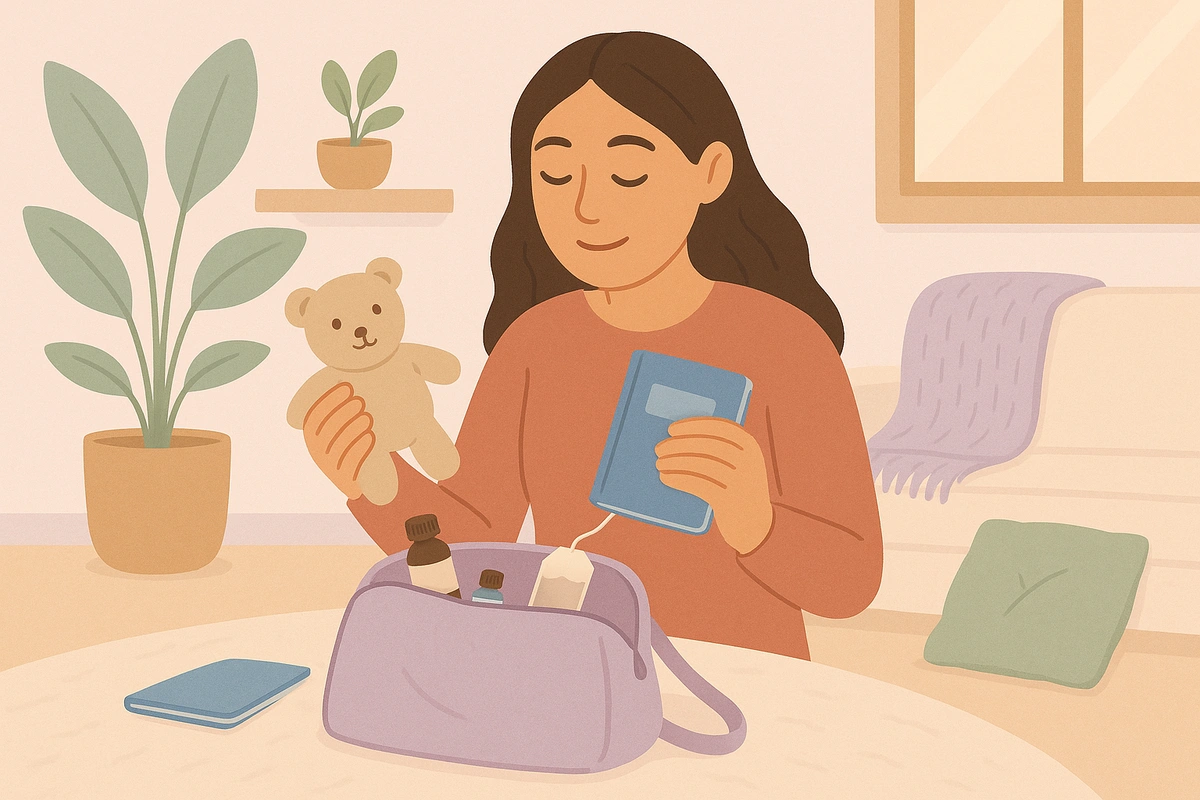
Create a calm-down kit by gathering specific tools and resources that help you manage stress, anxiety, or emotional overwhelm. This portable collection puts proven coping strategies right at your fingertips when your thinking becomes clouded by intense emotions.
Stress and anxiety hit fast and shut down your ability to think clearly. Your heart pounds, your breathing gets shallow, and you forget every coping skill you know. A well-stocked calm-down kit becomes your emergency toolkit during these moments, giving you immediate access to sensory grounding, comfort items, and clear instructions when your mind goes blank.
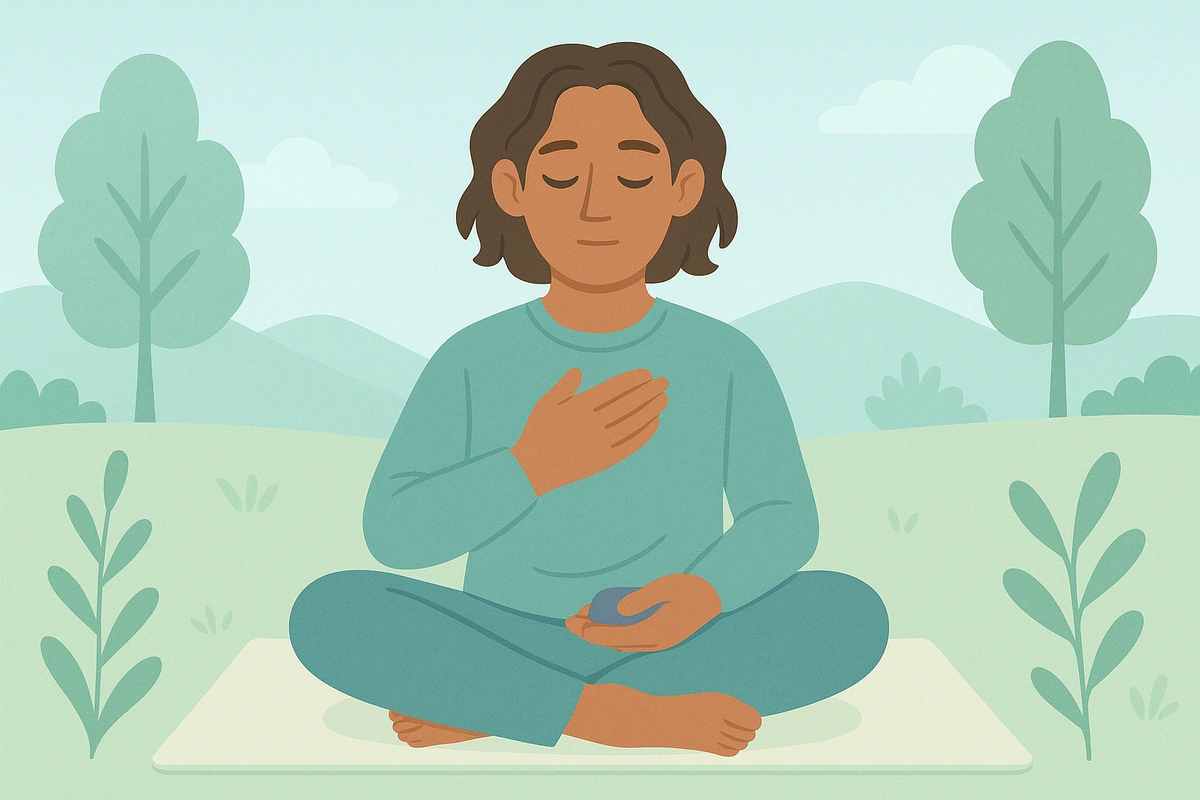
Practice breath counting by focusing your attention on counting each breath cycle from one to ten and back again. This ancient mindfulness technique redirects your mind away from anxious thoughts and toward the present moment through simple numerical focus.
When anxiety spirals take over, your mind races with worries about the future or regrets about the past. Breath counting gives your racing thoughts a single point of focus - the simple act of counting your natural breathing rhythm. This gentle redirection calms your nervous system and brings you back to the here and now within just a few minutes.

Practice daily emotional check-ins by setting aside a few minutes each day to notice, name, and reflect on your current emotional state. This mindful self-assessment builds awareness of your feeling patterns and helps you respond to emotional changes before they escalate.
Your emotions shift throughout the day like weather patterns, but you might not notice these changes until they become overwhelming. Daily check-ins create space to observe your emotional climate with curiosity rather than judgment. This awareness helps you catch stress, anxiety, or sadness early when they're easier to address with simple coping strategies.